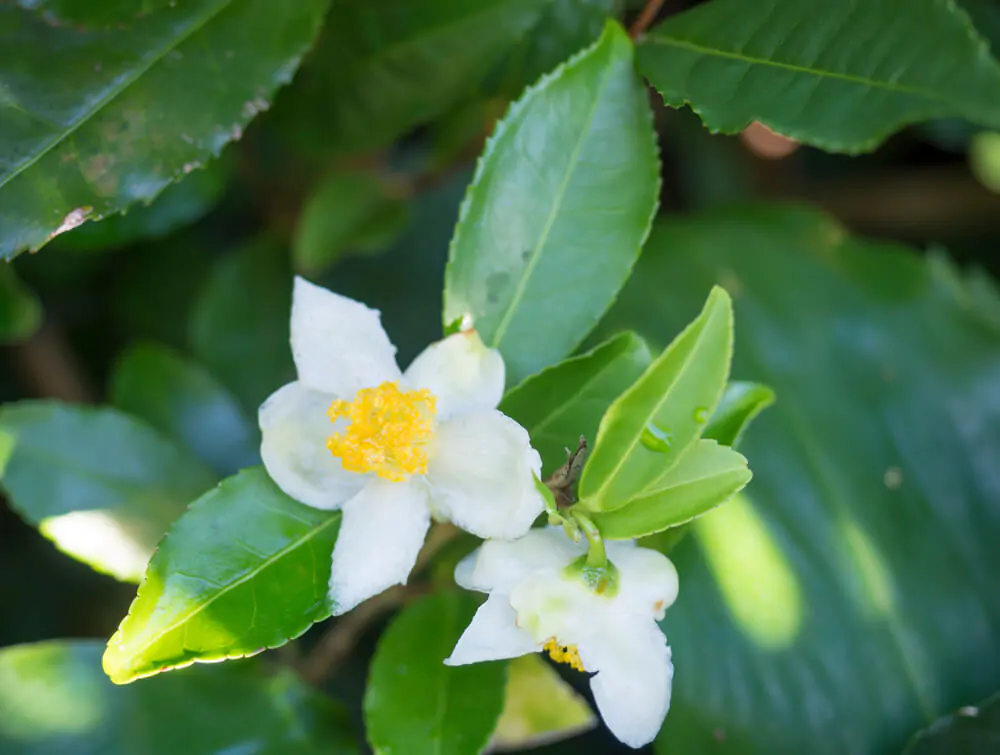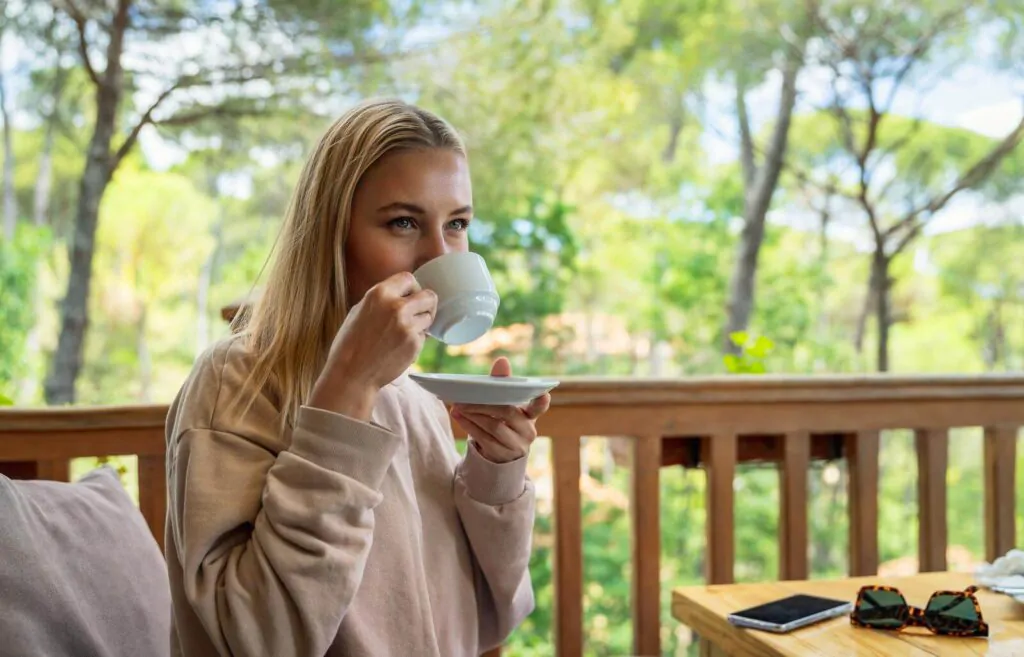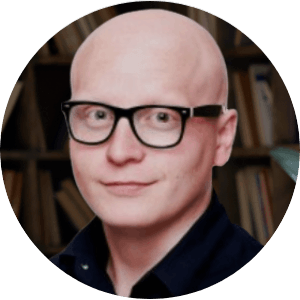If you’re not keen on the bold and full-bodied flavor of green tea, the nuanced and delicate Chinese yellow tea will be your favorite morning boost.

Yellow tea is highly underrated.
As a woman in her mid-20s going on 30, leading a healthy life to get rid of wrinkles and blemishes becomes one of my concerns. Attaining flawless skin can be hard sometimes, but if you know how to do it the right way, you may be able to get rid of all those outrageously luxury skincare brands somewhere down the road.
My secret is yellow tea. Every other day around two hours after breakfast, I drink a cup of yellow tea at my desk. Read on to find out why you should have a box of yellow tea in the cupboard from now on.
What Is Yellow Tea?
Origin-wise, yellow tea comes from Camellia sinensis, a tea plant commonly used to produce black tea, green tea, oolong tea, Pu-erh, and white tea. Yellow tea goes through a fermentation process which gives it an iconic yellow-ish color and a brilliant array of health benefits.

For me, yellow tea is like a relaxed sister of green tea, easy-going with a more mellow flavor. Both have common traits, especially when it comes to origin and health benefits.
However, yellow tea experiences a light fermentation process that results in the amber color in the leaves. Green tea is mainly associated with an outstanding grassy note, which is absent in yellow tea. Both green tea and yellow tea have similar catechins, but yellow tea sees a higher level of ECG and less ECGC.
You might also be interested in our guide on what red clover tea is good for.
The Processing Of Yellow Tea
Yellow tea is easier on the stomach than green tea without missing out on any essential health benefits. It’s also known as huángchá, with the distinctive liquor-like color accomplished after the ‘Sealed Yellowing’ process. Seal yellowing occurs when catechins in the leaves are oxidized and treated, so the yellow-ish color and mellow character is preserved.
The oxidation stage can last up to a week when they repeatedly pan, wrap, and heap the leaves. When the leaves are panned for the third time, most of the remaining water will be eliminated and reduced to only two to three percent.
What Does Yellow Tea Taste Like?
First off, you have a look at its color. The stunning yellow with a depth of green and a hint of pink on the edges is a good sign the cup will be good.
Once you give it a little twirl and start smelling, the pleasing aroma kicks in. Yellow tea has a similar taste to green tea but is lighter and more subtle. For those who are not keen on the idea of umami-rich Japanese green tea, I’m sure yellow tea will be a perfect call as it’s floral and savory.

Hidden underneath the smooth texture is a sign of grilled green asparagus, chamomile, and pear. Once you’ve polished it off, it will leave a fruity and distinct aftertaste with a low level of tannin.
You might also be interested in our guide on rose tea.
Health Benefits & Side Effects Of Yellow Tea
According to a study, the high concentrations of polyphenols and catechins present in yellow tea serve as the backbones of various health benefits.
Aside from enhancing metabolism and burning fat quickly, here are some other significant health benefits if you drink yellow tea in a moderate amount frequently:
- The polyphenols present in yellow tea may support the liver, prevents potential damage, and helps in the treatment of hepatitis.
- Along with green tea, regular intake of yellow tea can keep your blood sugar under control and prevents type-1 diabetes.
- Yellow tea boasts an impressive amount of antioxidants that can prevent premature skin aging.
- A cup of yellow tea every other day can help prevent severe diarrhea and constipation, thanks to the anti-inflammatory properties.
Please note that excessive intake of yellow tea can lead to insomnia and anxiety due to the high amount of caffeine. If you love tea, you might be interested in learning about what nettle tea is good for.
How To Make Yellow Tea At Home
It’s easy to make yellow tea at home.
- Add up to five grams of yellow tea to boiling water.
- Steep for two to five minutes.
- Get rid of the leaves using a strainer or mesh, add a drop of honey if you like, and enjoy.
